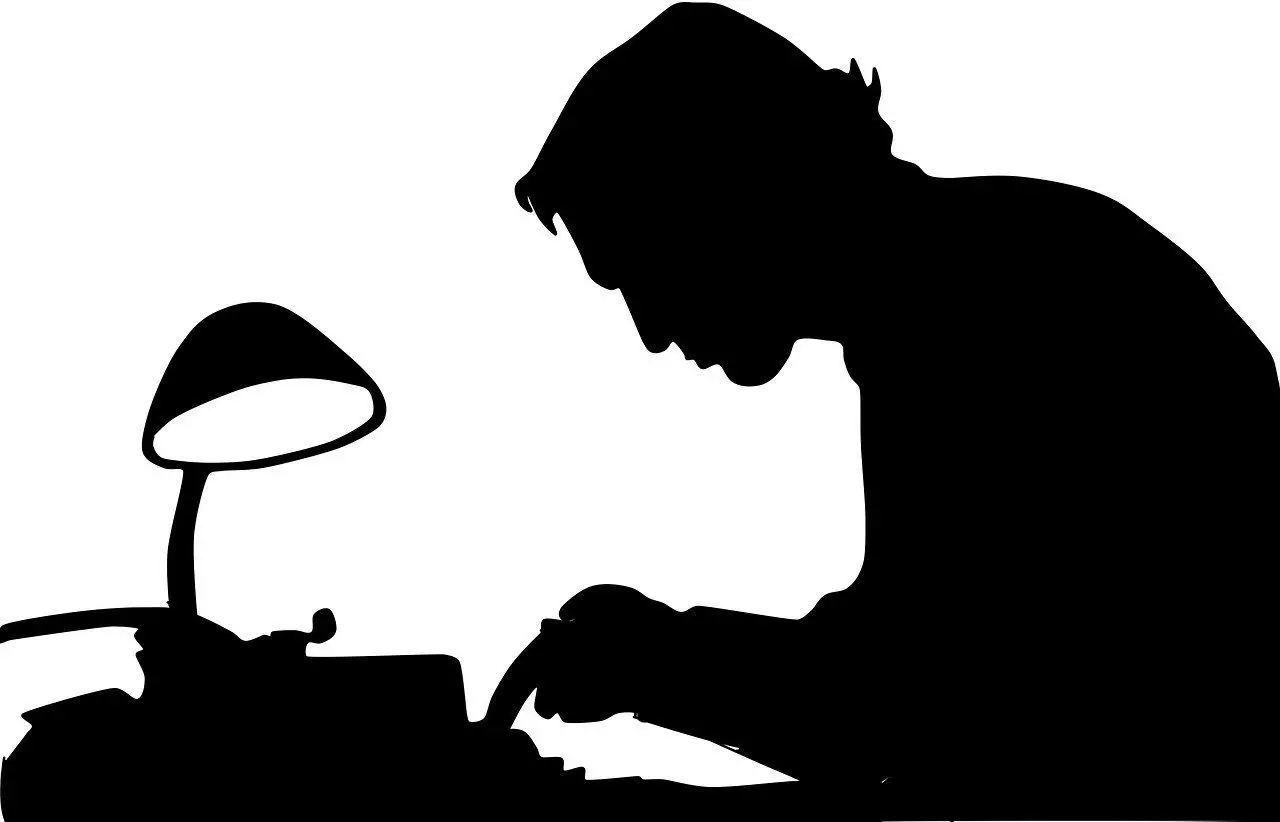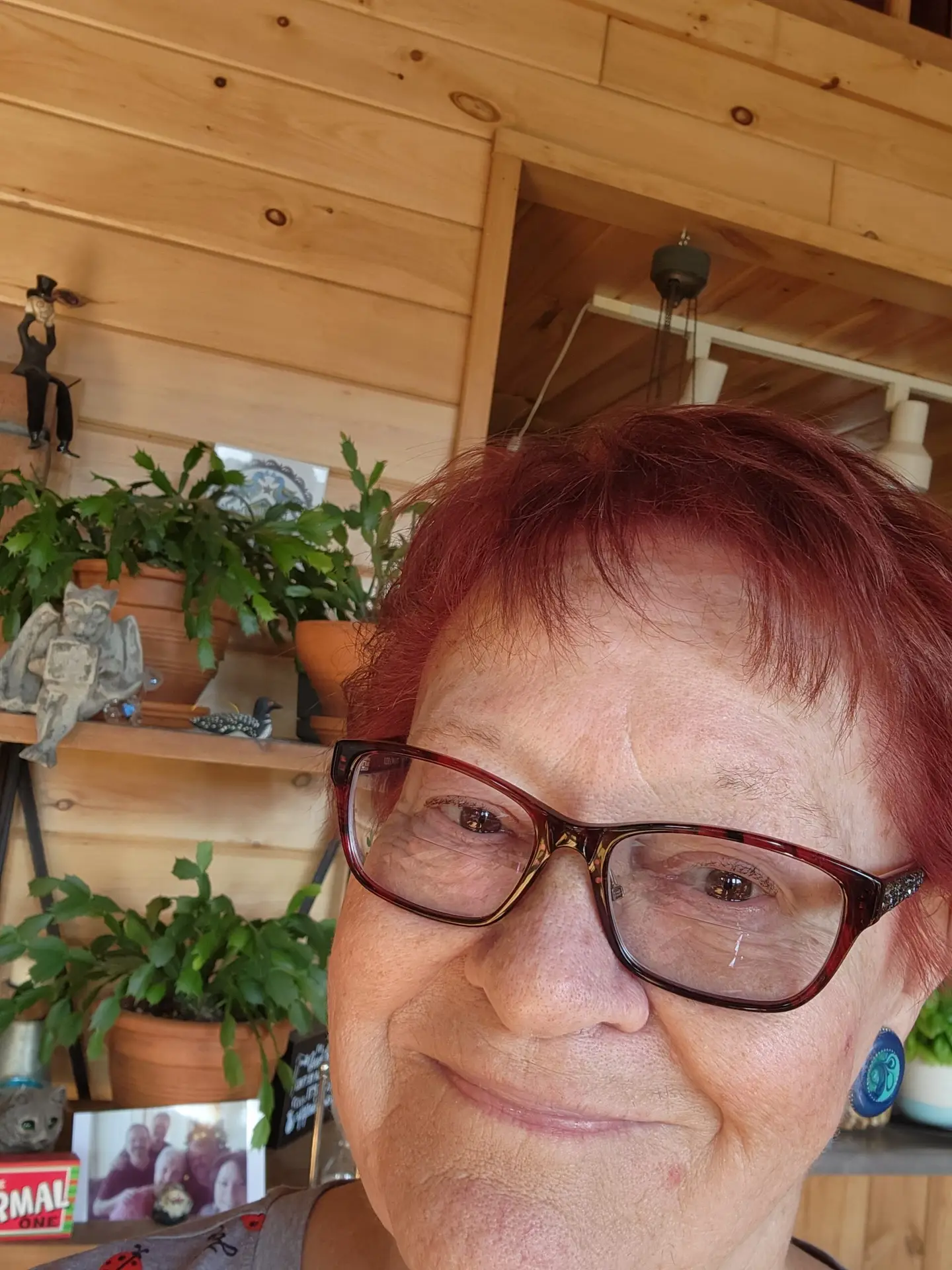Bipolar disorder is far from a modern condition—it’s been recognized in various forms since ancient times. However, understanding it and managing it humanely have been slow and evolving processes. Growing up in the late 1970s, I saw firsthand how far society still had to go. Back then, discussions about bipolar disorder—or mental health in general—were almost nonexistent.
My mom, a single parent doing her best, had no idea what I was experiencing. There were no services, resources, or even a common language to help her understand my struggles. Of course, she loved me deeply, but love alone couldn’t replace the knowledge or tools we desperately needed. To her and those around us, my challenges often looked like “bad behavior.” Without proper awareness or training, that’s how it appeared to the untrained eye.
Fast forward to today, in 2024, and while we’ve made incredible advancements in mental health treatment and understanding, the stigma hasn’t disappeared. It lingers in conversations, assumptions, and systems. This is frustrating—not just for me, but for the younger generations navigating mental health challenges in a world that should know better by now.
There’s so much to unpack here, and I’m eager to delve deeper into these experiences. For now, I’ll leave this as a foundation—a starting point for a conversation that’s long overdue.







